Global Cellulose Insulation Market - Comprehensive Data-Driven Market Analysis & Strategic Outlook
The global cellulose insulation market and its industry were born from a rather simple concept: protecting the buildings with a thermal barrier made out of waste paper. Even before the advent of modern building standards, the little factories during the early 1900s were trying out the burning of such newspapers. Against this background, fire retarding was applied in very humble quantities. The need for the very basic reason was there but not for the new technological ways. The builders were in search of the materials that would cost as little as possible while still maintaining the ''temperature isolators'' role next to their toes. The cutting-edge burgeoning industry of cellulose in the 1970s could not have been driven up by anything but then the energy crisis. The consumers became the ones who would be least likely to have it, so the manufacturers set up production, and the loose-fill kind of product got to be applied and even recognized in the residential construction. The era was a great turning point, as it was the time when it was proved for the first time that a recycled product could be of practical utility in the modern buildings.
- By the end of 2025, the global cellulose insulation market is likely to be worth around USD 4889.9 million and will grow at a compound annual growth rate (CAGR) of about 4.9% until 2032, with a possible value of USD 6837.6 million.
- The thermal category has a major share of around 61.6%, which is driving the trend and expanding the applications through research conducted intensely.
- Among the main reasons for the growth are: Increasing demand for building materials that are both energy-efficient and sustainable, the rising awareness of eco-friendly construction practices.
- The opportunities are: Integration with smart building systems for better energy management and performance.
- The key insight: The market is anticipating an exponential rise in value over the next decade, thus pointing at the demand for growth opportunities.
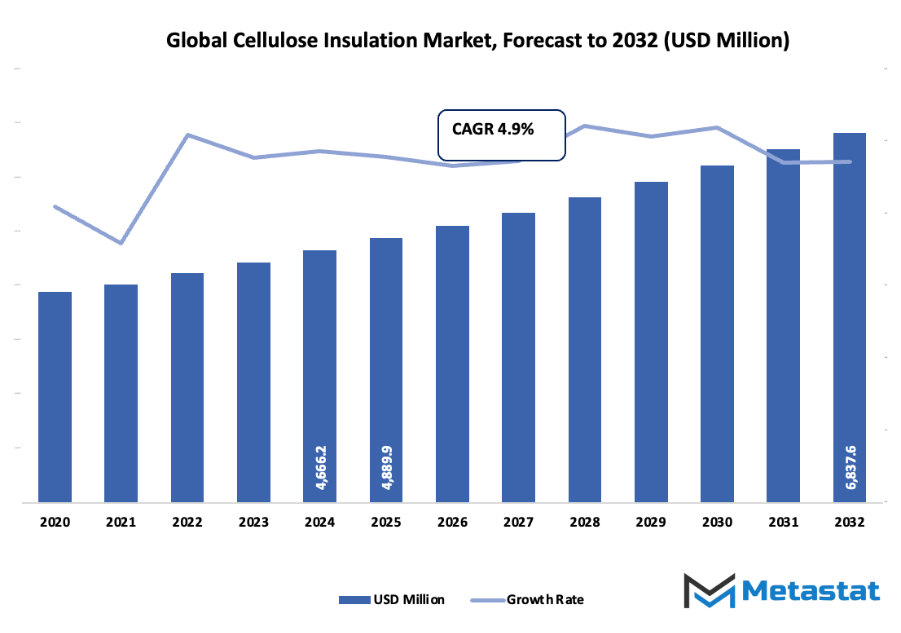
After October 2023, development was continuous ever after. Fiber processing techniques release the raw materials of the producers and thus, they can get more similar to one another in the textural aspects and more resistant to fire. Installation apparatuses were invented which, in turn, made the draining process much quicker and the workers being able to fill very small spaces where also other materials would not be able to get through. The building codes evolved with time, and eventually, the auditors considered the aforementioned material as a viable option. At the same time, the certification programs which had been initiated started determining the various performance factors such as R-value, air sealing, and moisture management. So, the architects and contractors got the material's performance documented and that gave them confidence to choose cellulose over insulation types that were more established.
Consumer expectations were different now. Homebuyers and building owners viewed the walls inside the buildings as a concern, not just in terms of how much heating and cooling would be required, but also in terms of materials. Awareness of the growing demand for waste reduction and limited emissions in the building sector opened up the market for new products made from recycled and low-emission materials. Along with the reduced access to information about indoor air quality, chemical-free products were in more demand. Cellulose was in the right place at the right time with the right ingredient, as it could be traced back to repurposed paper.
Looking ahead in the future, the market is to keep to the adoption of new automation systems, digital monitoring for the accuracy of installation, and maybe using alternative fiber sources. The industry talks are that the next generation of products will offer better binders which in turn will be able to minimize dust generation during installation and to prolong stability of products. The practice that started as an experimental use of paper on which news was printed will continue until the day when the building culture will be the one that possesses the characteristics of using resources wisely while taking care of and creating better living spaces.
Market Segments
The global cellulose insulation market is mainly classified based on Type, Application.
By Type is further segmented into:
- Thermal: Thermal cellulose insulation creates a very heavy and thick layer that makes it difficult for the heat to transfer through the walls and ceilings. Temperature control is still the most important thing. Heat or cooling energy use is reduced, thus resulting in lower utility costs. Builders count on thermal cellulose insulation not only for its long-term value but also for its good performance in both temperatures, cold and warm.
- Electric: Installation of cellulose insulation material with electric resistance properties results in minimum fire spread risk around the electrical wiring. The cellulose insulation material makes the building design safer by restricting the open conductors' exposure. The electricians are pleased with the simplicity of the positioning and the consistent coverage around the junction boxes. The electric-oriented cellulose insulation maintains the safety protocols and promotes the energy savings when it is used along with the modern building practices
- Acoustic: Cellulose insulation installed in walls and floors acts as a sound barrier and thus prevents the transmission of noise from one room to another. The fibers settle into small gaps forming a uniform layer. Construction companies prefer to use acoustic cellulose insulation in schools, offices, and residential areas where noise control is important. Noise minimization, in turn, leads to better concentration, comfort, and higher quality of life in the occupied areas.
By Application the market is divided into:
- Residential: A surge in the construction sector is making cellulose insulation more desirable for residential buildings due to its efficiency. The global cellulose insulation market is showing an upward trend as consumers are looking for the combination of lower energy bills and better comfort, which is a cellulose insulation product. Cellulose insulation enables strong control over temperature and good reduction of noise, thus providing more comfortable living spaces and at the same time, energy wastage is reduced during the periods when the heat is on or cooling is done all year round.
- Commercial/Industrial: Cellulose insulation is one of the main factors that business buildings and factories are depending on to achieve energy savings and noise control. The thick fiber layer not only cuts down on heating and cooling bills but also makes the indoor climate for the employees and equipment more consistent. Besides, the cutting of noise facilitates clearer communication and higher concentration across the different areas of the company such as offices, warehouses, and production during the daily operations.
|
Forecast Period |
2025-2032 |
|
Market Size in 2025 |
$4889.9 Million |
|
Market Size by 2032 |
$6837.6 Million |
|
Growth Rate from 2025 to 2032 |
4.9% |
|
Base Year |
2024 |
|
Regions Covered |
North America, Europe, Asia-Pacific, South America, Middle East & Africa |
By Region:
- Based on geography, the global cellulose insulation market is divided into North America, Europe, Asia-Pacific, South America, and the Middle East & Africa.
- North America is further divided into the U.S., Canada, and Mexico, whereas Europe consists of the UK, Germany, France, Italy, and the Rest of Europe.
- Asia-Pacific is segmented into India, China, Japan, South Korea, and the Rest of Asia-Pacific.
- The South America region includes Brazil, Argentina, and the Rest of South America, while the Middle East & Africa is categorized into GCC Countries, Egypt, South Africa, and the Rest of the Middle East & Africa.
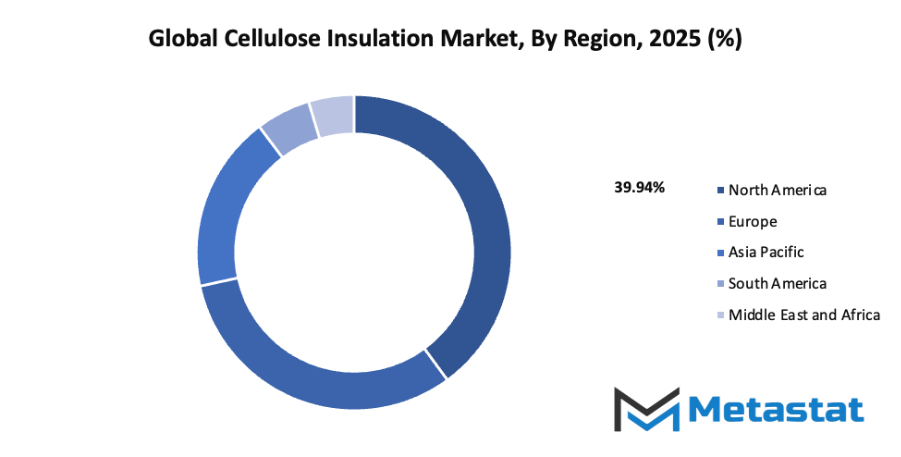
Growth Drivers
- Rising demand for energy-efficient and sustainable building materials:
The global cellulose insulation market benefits from growing preference for materials that support lower energy use and reduced environmental impact. Cellulose insulation offers strong thermal performance while using recycled paper fibers. Construction projects across residential and commercial sectors adopt this option to support conservation goals and long-term energy savings without relying on synthetic substances. - Increasing awareness of eco-friendly construction practices:
Construction projects worldwide are shifting toward greener choices. Cellulose insulation supports reduced landfill waste because production uses recycled content. Builders and property developers favour materials that support healthier indoor environments and reduced carbon output. Growing awareness encourages selection of insulation that aligns with environmental certifications and sustainability goals.
Challenges and Opportunities
- Higher initial installation cost compared to traditional insulation materials:
Cellulose insulation requires specialized equipment and trained labor, which increases upfront expenses. Builders sometimes choose lower-cost materials during early project stages. However, improved thermal performance often reduces energy bills over time, allowing cost recovery during the life span of the building through reduced heating and cooling expenses. - Moisture sensitivity leading to potential mold growth and reduced effectiveness:
Exposure to moisture can affect insulation performance by allowing mold development. Proper sealing and ventilation are necessary during installation. Builders address the concern through vapor barriers and routine inspections. When managed correctly, cellulose insulation maintains thermal efficiency and contributes to durable, long-lasting building performance.
Opportunities
- Integration with smart building systems for enhanced energy management and performance:
Smart building technology tracks energy use in real time. When combined with cellulose insulation, building managers can evaluate performance and adjust heating or cooling systems to reduce waste. Data insights support informed decisions, leading to consistent indoor comfort and long-term operational savings for residential and commercial structures.
Competitive Landscape & Strategic Insights
The global cellulose insulation market features strong activity from many global and regional producers. The industry shows steady progress as more construction projects focus on materials that support energy savings and lower environmental impact. Demand for cellulose-based solutions grows as builders search for materials made from recycled content, giving the sector a practical role in modern construction. A wide range of firms take part, forming a crowded field where innovation and product quality guide success. Major participants include GREEN FIBER, Euro Panels, QuietZone, ETERNO IVICA SRL, BASF, NORDTEX SRL, THERMOFLOC, Varie, A.PROCTOR GROUP, Unilin, Basotect, Amorim Isolamentos, Hiss Reet, ISOSYSTEM, UNGER-DIFFUTHERM, GUTEX, Troldtekt, and CORK 2000. These companies work to improve product performance, reduce waste during production, and increase compatibility with modern building techniques.
Each business focuses on distinct advantages. Some groups invest in advanced production lines to reach sharp price points, while others highlight low environmental impact or natural fibers. Many firms test new blends, improved fire resistance, and better acoustic performance. Larger companies gain attention through broad distribution networks, while smaller regional companies gain momentum through close relationships with local contractors. Strong competition encourages new developments, leading to materials that support building comfort, moisture control, and long-term stability.
Growing interest in eco-friendly construction strengthens demand for cellulose-based materials. Government programs that support energy-efficient housing also encourage broader use. Builders favour materials that are simple to install, reliable during seasonal temperature changes, and suited for both small renovations and large commercial projects. Each participant in the sector attempts to stand out through consistent quality and customer support.
Market size is forecast to rise from USD 4889.9 million in 2025 to over USD 6837.6 million by 2032. Cellulose Insulation will maintain dominance but face growing competition from emerging formats.
Overall, the industry reflects steady progress grounded in sustainability goals and practical building needs. Firms that respond carefully to customer concerns and demonstrate consistent product performance are expected to gain stronger positions, supporting expansion across new regions and new construction styles.
Report Coverage
This research report categorizes the global cellulose insulation market based on various segments and regions, forecasts revenue growth, and analyzes trends in each submarket. The report analyses the key growth drivers, opportunities, and challenges influencing the global cellulose insulation market. Recent market developments and competitive strategies such as expansion, type launch, development, partnership, merger, and acquisition have been included to draw the competitive landscape in the market. The report strategically identifies and profiles the key market players and analyses their core competencies in each sub-segment of the global cellulose insulation market.
Cellulose Insulation Market Key Segments:
By Type
- Thermal
- Electric
- Acoustic
By Application
- Residential
- Commercial/Industrial
Key Global Cellulose Insulation Industry Players
- GREEN FIBER
- Euro Panels
- QuietZone
- ETERNO IVICA SRL
- BASF
- NORDTEX SRL
- THERMOFLOC
- Varie
- A.PROCTOR GROUP
- Unilin
- Basotect
- Amorim Isolamentos
- Hiss Reet
- ISOSYSTEM
- UNGER-DIFFUTHERM
- GUTEX
- Troldtekt
- CORK 2000
WHAT REPORT PROVIDES
- Full in-depth analysis of the parent Industry
- Important changes in market and its dynamics
- Segmentation details of the market
- Former, on-going, and projected market analysis in terms of volume and value
- Assessment of niche industry developments
- Market share analysis
- Key strategies of major players
- Emerging segments and regional growth potential



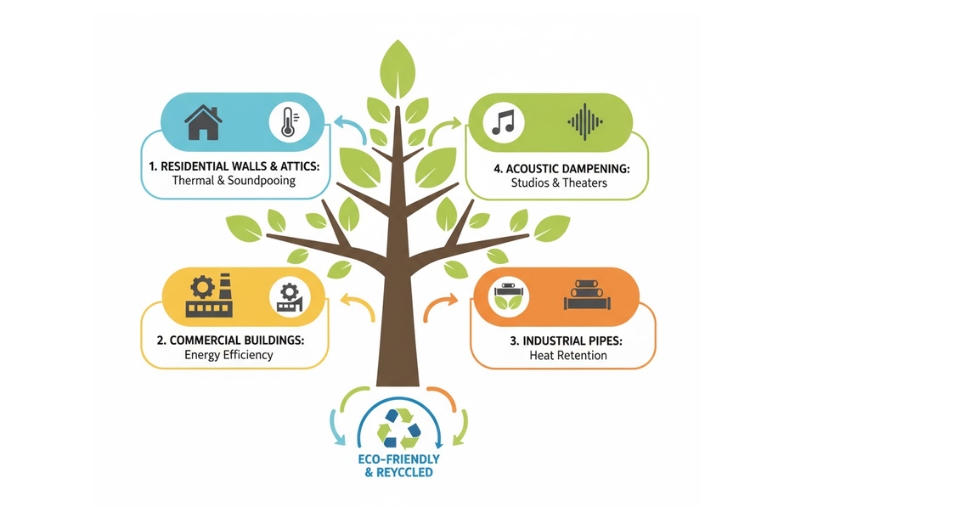

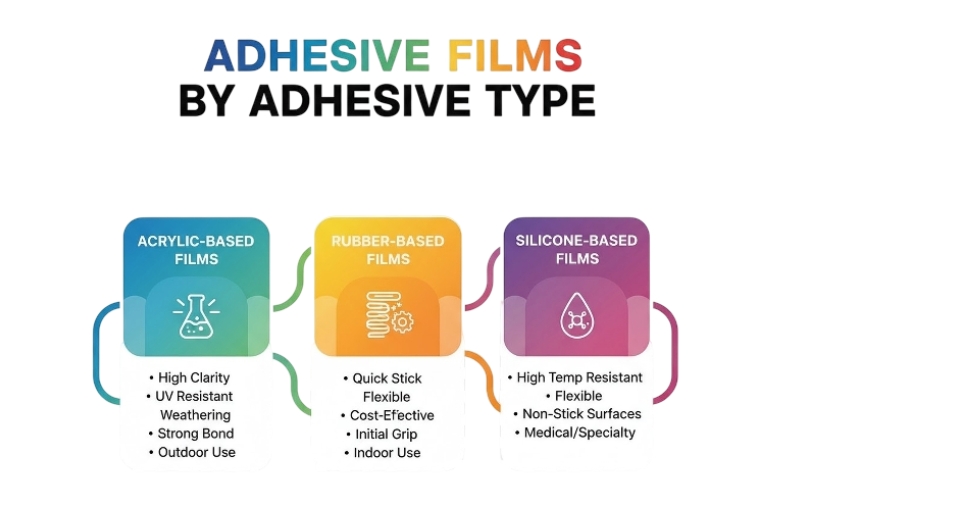
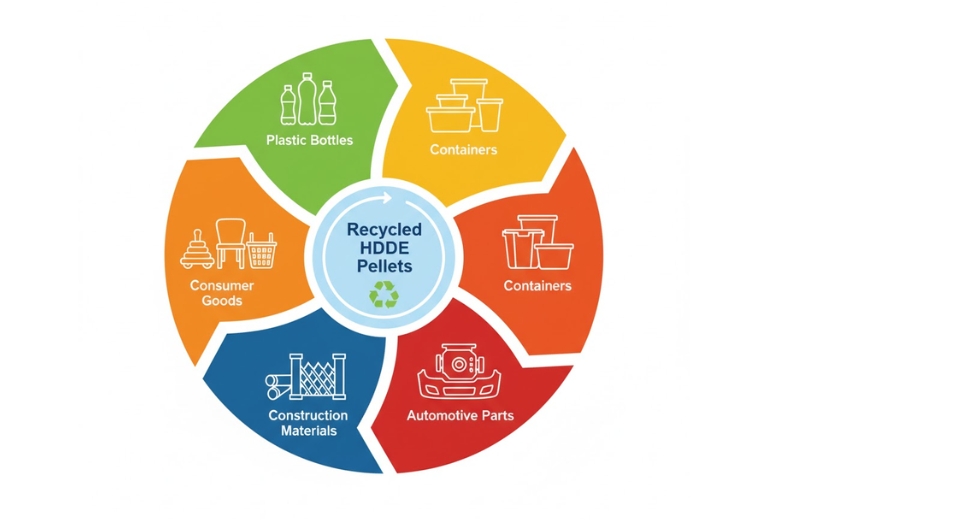

 US: +1 3023308252
US: +1 3023308252






